In Tampa, a Wonderful World of Junk
Hong Kong Willie is so much more than a roadside attraction.
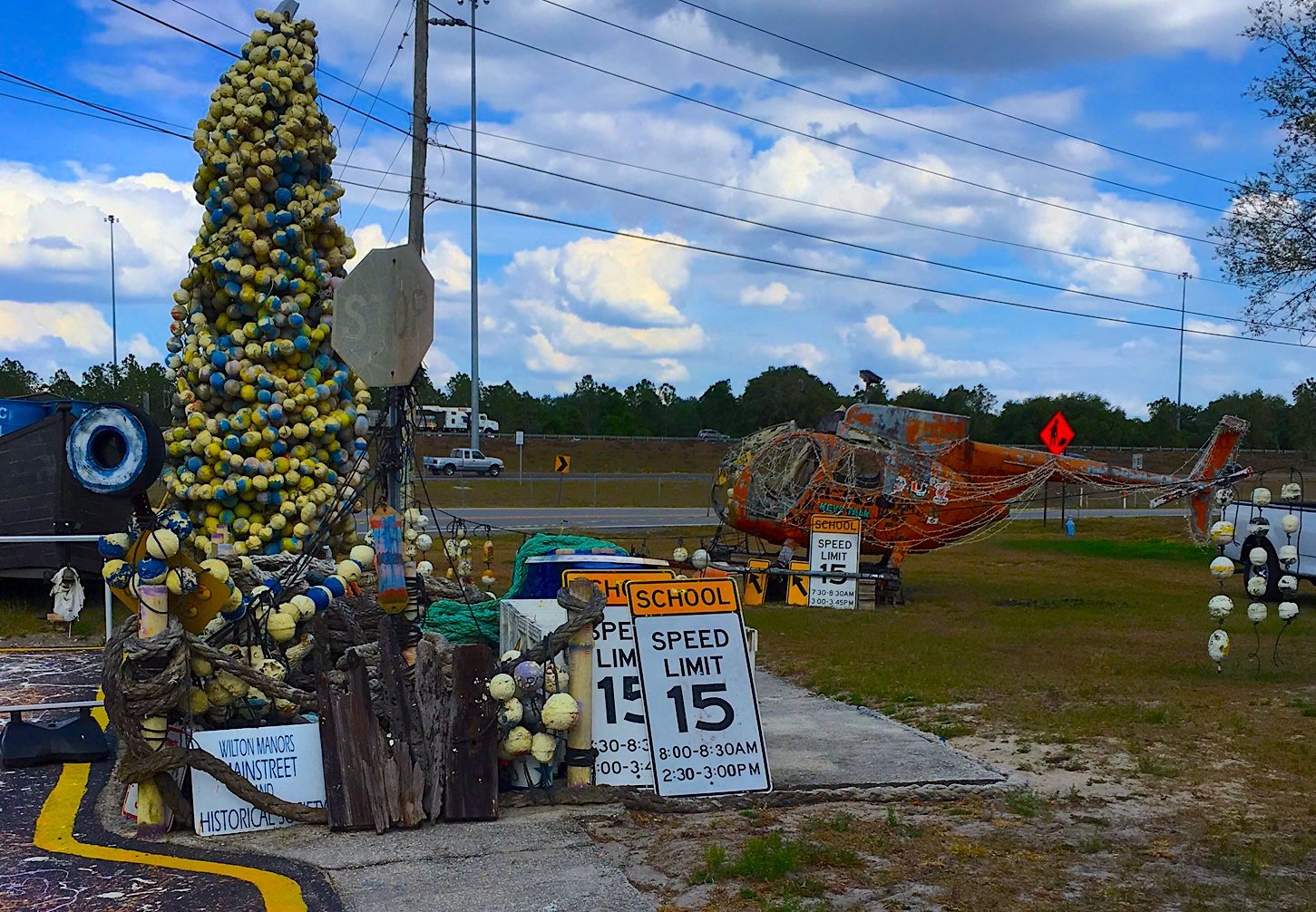
The domain of Hong Kong Willie covers an odd corner just off of a busy Tampa, Florida, highway. Nestled on a stretch of road largely populated by drab hotels, the clutch of brightly colored shacks that make up Joe Brown’s artistic empire stand out like a neon lighthouse of creativity.
Brown splits his time between his Tampa outpost and the place where his heart truly seems to lie, Key West. In a bright Hawaiian shirt and shorts that show arms and legs regularly baked by the Florida sun, his look might accurately be described as something like a modern island pirate.
Nearly every inch of space on Hong Kong Willie’s lot is home to some piece of art, decorated piece of detritus, or other found object. The walls are covered in old buoys, each node painted with a unique design. Under an old chair lies a pile of clip-on pagers. In the corner of the yard is a skeletal helicopter, covered with string lights; next to that towers what looks like a colossal Christmas tree made of those same lobster buoys. Even the asphalt driveway is covered in splatters of bright paint, so that it looks better on Google Earth, according to Brown. “Everything is precious,” he says, summing up the ethos of reuse, reinvention, and imagination his unique roadside attraction embodies.
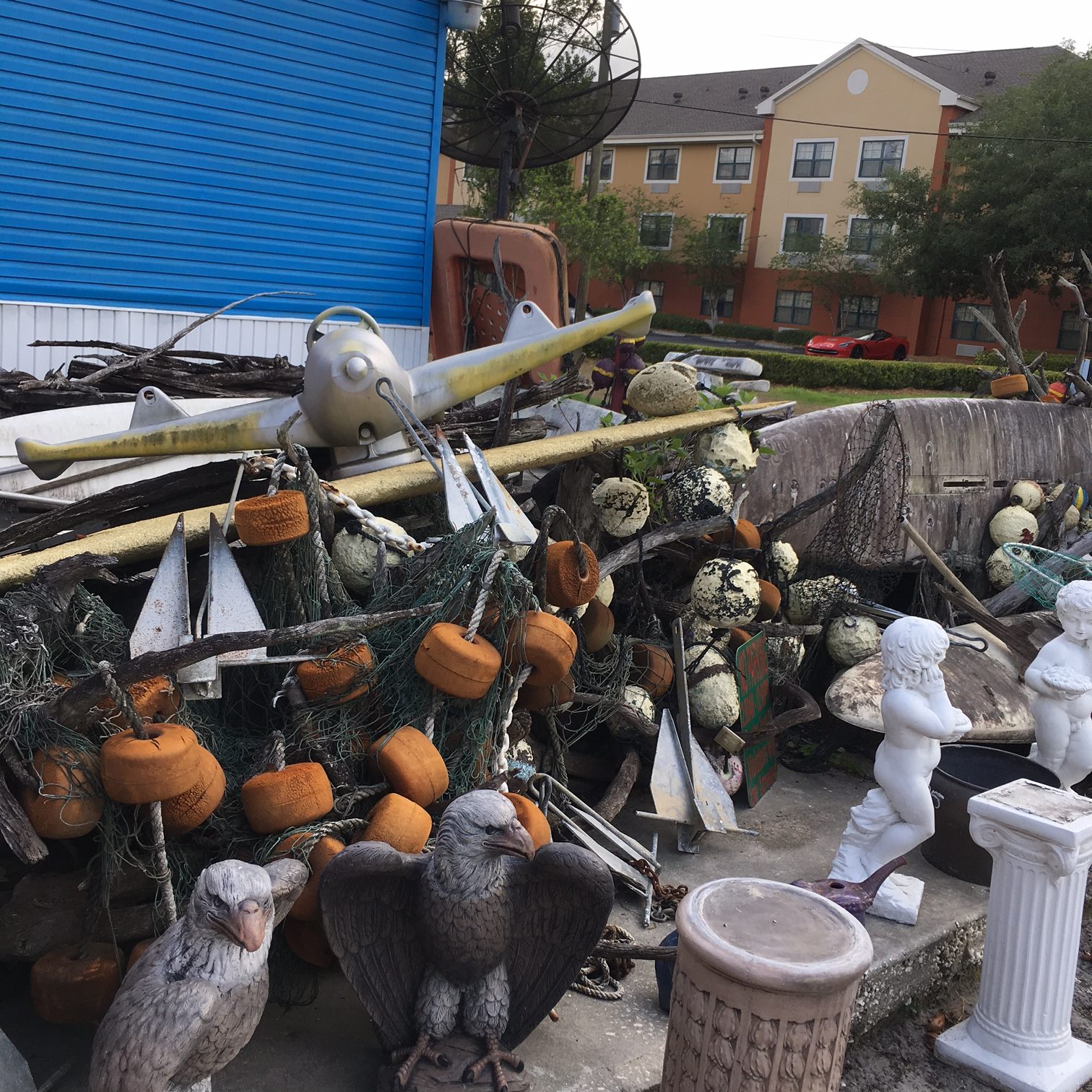
If Hong Kong Willie, a moniker Brown himself sometimes takes on, sounds like like the lovechild of an art gallery and a seaside trash heap, that’s because it pretty much is. Brown, who says he was “born an artist,” has been shaped by both creativity and junk since an early age. Now in his 60s, Brown says his father once donated a chunk of their family’s land to Hillsborough County so that it could be used as a much-needed landfill, but was never compensated or acknowledged for the gift. Still, Brown grew up exploring the landfill, scavenging for treasures. Surrounded by what most people consider junk, he developed a special appreciation for things that get thrown away. “I was meant to paint on boards,” he says.
At the age of eight, Brown took an art class where his teacher shared that she had spent a lot of time volunteering in Hiroshima. Learning that there was a strong local tradition in Hiroshima of turning tossed off items into art, this too had an impact on Brown. This same teacher later told him that she had left Asia out of Hong Kong, and this little factoid apparently led to his adoption of the name Hong Kong Willie. She also passed on a passion for art. Brown would eventually start a career in the technology industry, but since then he’s returned to his artistic roots.
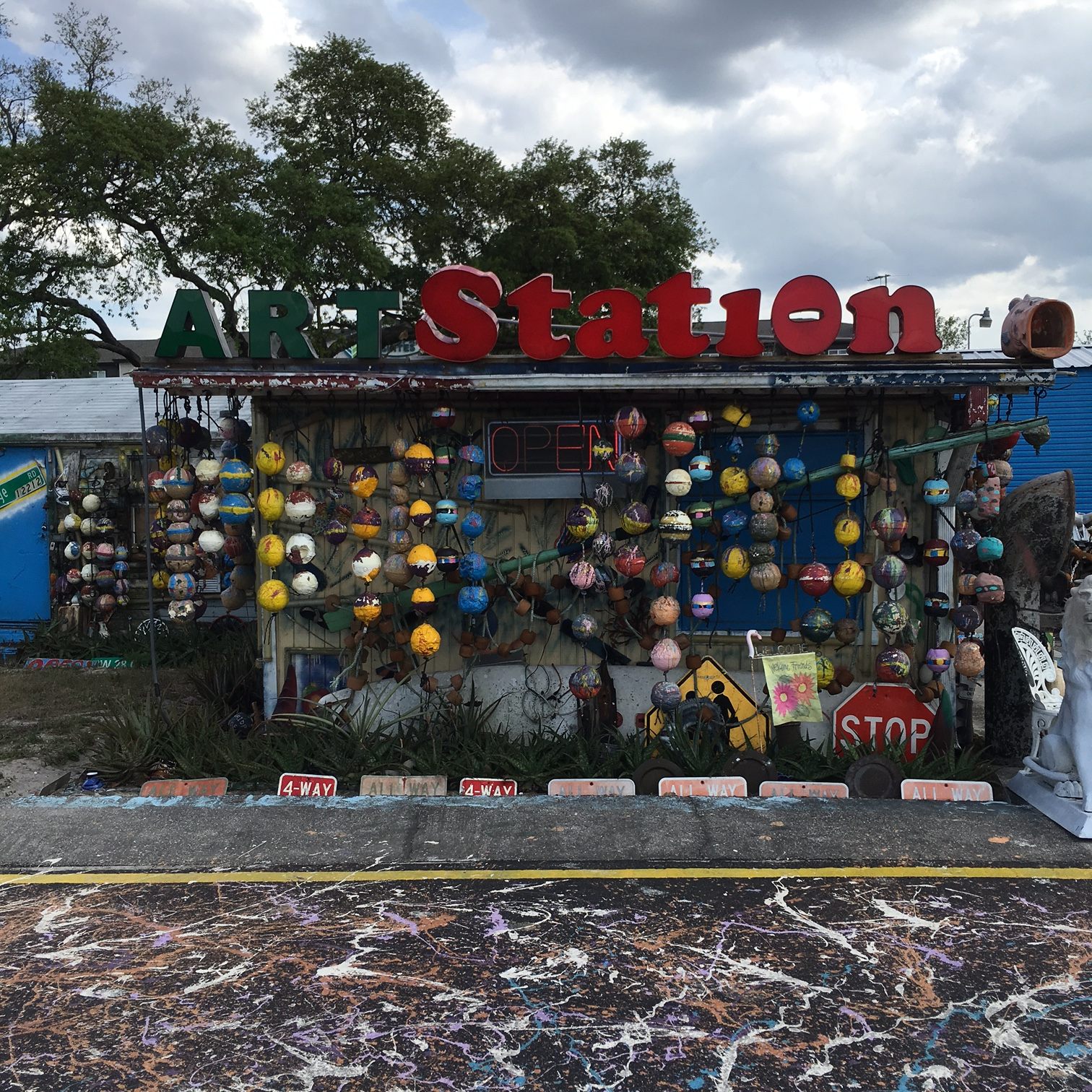
Perched on top of one of the small structures on Brown’s land are large, reused letters that say “art station,” but this place really couldn’t be mistaken for anything else. When Brown first established the Hong Kong Willie site, he says there was a collective of five artists working on the project, but now the living gallery is run and supplied only by him and his wife, Kim. Inside the art station, the space is bursting. One of Hong Kong Willie’s signature items are rugged pieces of locally sourced scrap wood and boards that Kim adorns with colorful painted works. There are birds, beach scenes, abstract shapes, and other designs that look unmistakably Floridian.
In addition to the boards, the space is littered with a variety of creations, including painted burlap sacks, trinkets made of shells, shaped glass bottles, and old shoes tacked to the walls. The concept that every object or piece of media is of value, and can be recycled into art, is the driving force behind Hong Kong Willie.
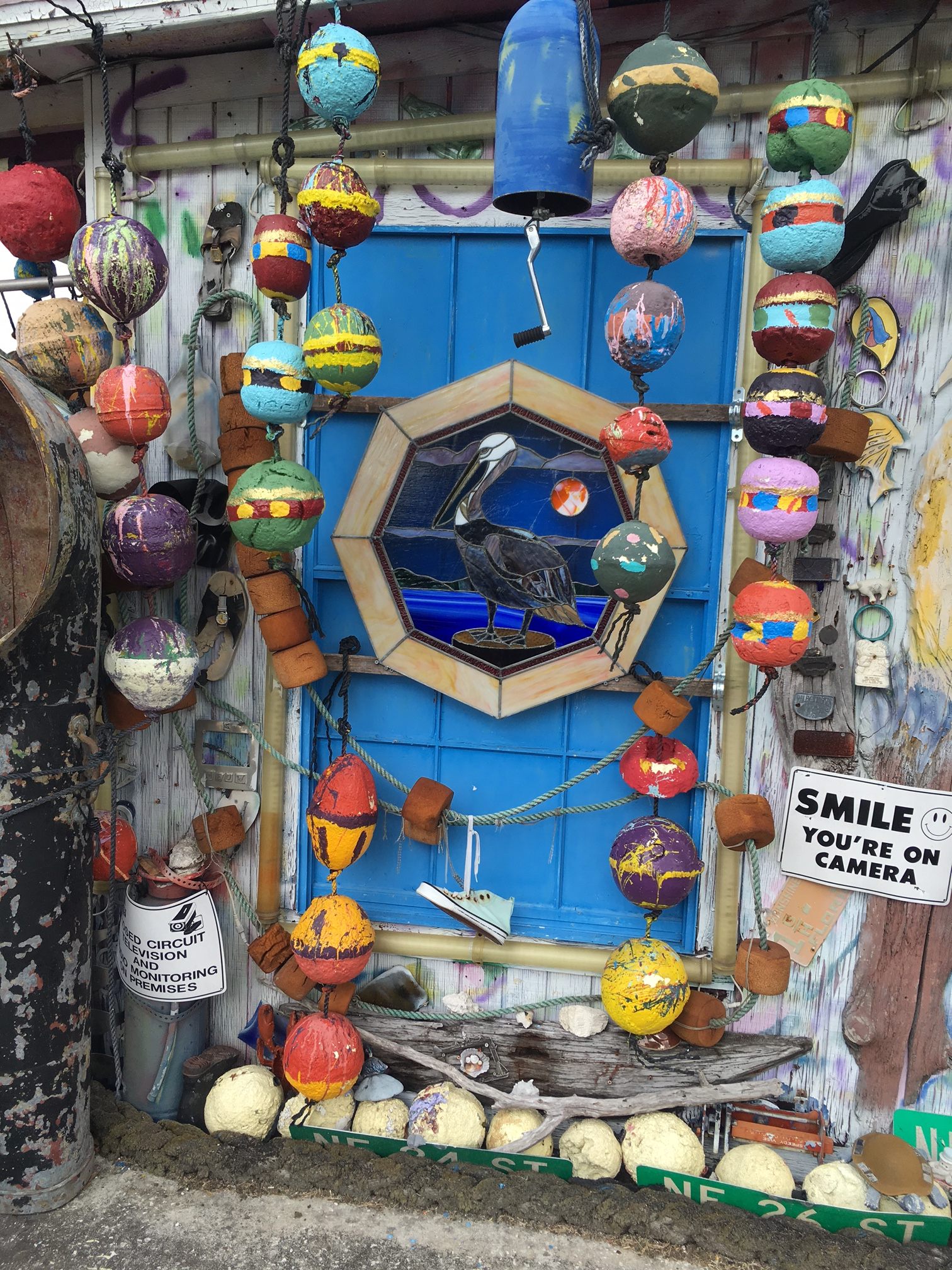
Nearly everything at Hong Kong Willie’s is also for sale, from random pieces of coral to the lushly decorated boards that cover the walls. Old Coke bottles filled with sand and shells, with “Beach-front Property, Tampa, Florida” written on them, go for $4.95. The lines between kitsch, whimsy, commerce, and environmentalism bleed together here. Brown says that pieces of Hong Kong Willie art have sold for $175,000 or more. One item available in their Etsy shop, painted by Kim, is listed for $98,000.
Brown says they give most of that kind of money to charity, keeping the lights on by selling “Red Wiggler” worms for use in composting or as fishing bait.
One day, Brown says, he’ll close up shop and head to Key West for good. Until then, Hong Kong Willie stands as a beacon of reckless creativity and appreciation for the treasures most people just throw away.
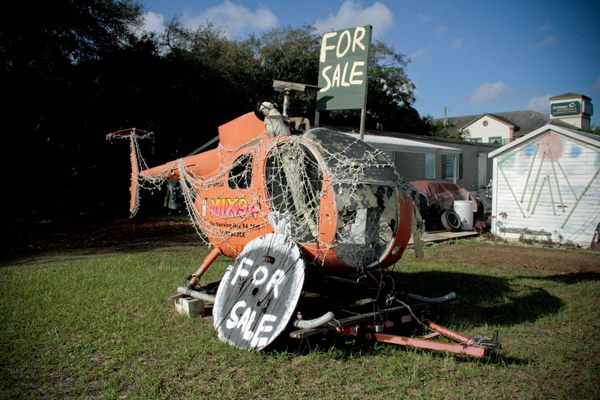
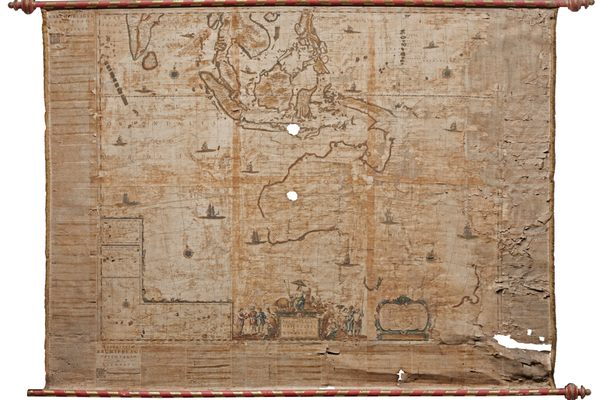

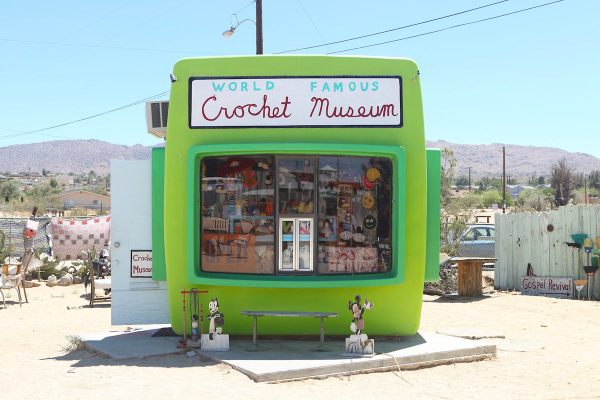

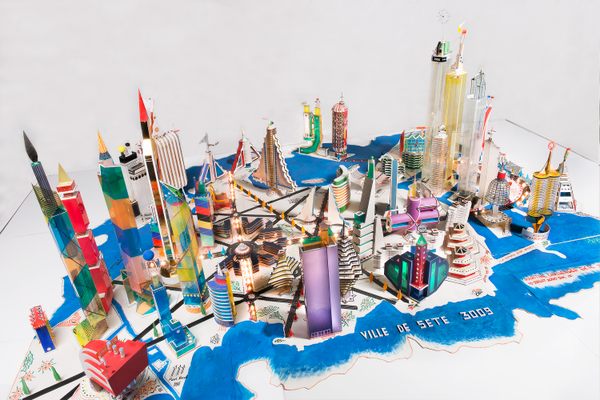




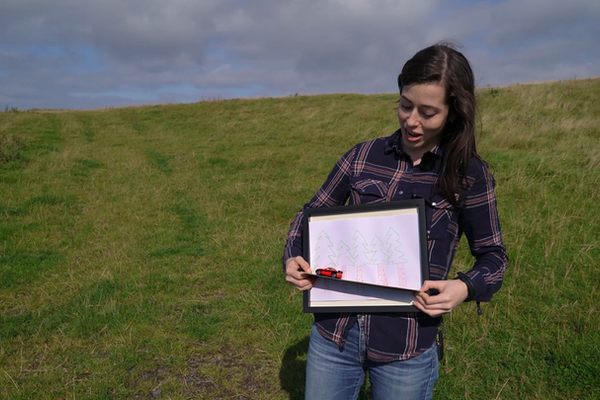



















Follow us on Twitter to get the latest on the world's hidden wonders.
Like us on Facebook to get the latest on the world's hidden wonders.
Follow us on Twitter Like us on Facebook